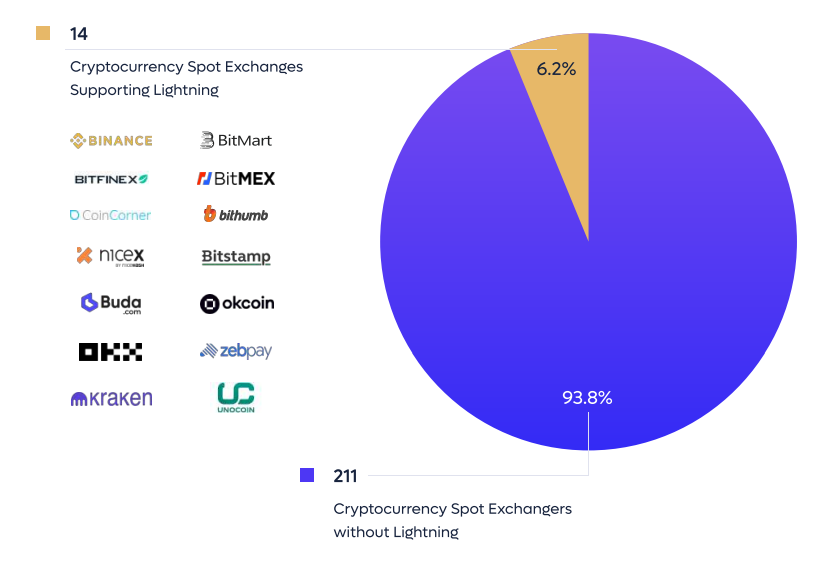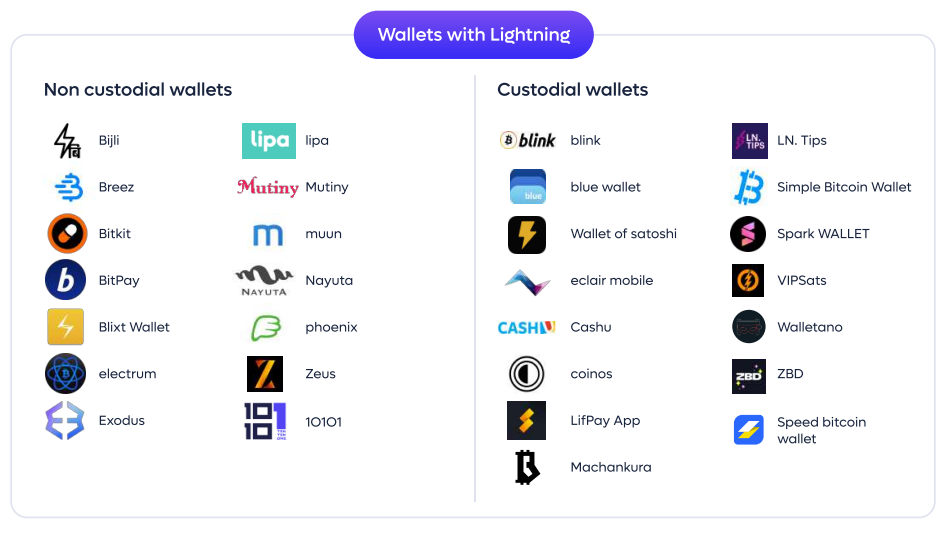Kaminari, an API solutions provider for businesses looking to implement the Lightning Network (LN), reported that “more than 328 million users now have access to Bitcoin LN for payments.” According to estimates after August 2023, Binance would be responsible for almost half of the users switching to the second layer of Bitcoin.
According to the report, which compiles information and data from a range of analyzes on the topic, Binance has enabled 150 million users to access the second layer network. As CriptoNoticias reports, the cryptocurrency exchange integrated Lightning on July 17, 2023. Since this date, it has allowed its users to deposit and withdraw Bitcoin (BTC) via the secondary network.
Kaminari clarifies that while not all of the millions of participants should be considered active users, LN's integration with exchanges makes it easier to adopt, which “increases the likelihood that more people will start using it.” According to certain estimates, there were between 279,000 and 1,116 million active users as of September 2023.
In addition to Binance, other centralized platforms (CEX) would also have been responsible for the sharp increase in users of Bitcoin's second layer. These include exchanges like OKX and Kraken, but also others like Bitstamp, Unocoin and “neobanks” like CashApp. This data is consistent with a well-known fact: centralized platforms are the most widely used class of platforms in the world.
In fact, according to Kaminari, the North American exchange Coinbase would be responsible for the next major invasion of users into the Bitcoin scalability solution. The chart below shows Lightning's projected future growth:
Despite the above, Kaminari assures that of the 224 CEXs registered on CoinMarketCap, only 14 are connected to the Lightning Network. Consequently, only 6% of listed exchanges are integrated into LN.

Another growth factor for the Lightning Network is Bitcoin wallets, although to a lesser extent than exchanges. The wallets would be responsible for around 25% of BTC sales volume. Out of 350 wallets analyzed, only 30 of them have integrated the second shift.

According to the report, those wallets that support sending and receiving BTC but have not yet added LN to their network list would be more likely to integrate it than those wallets that do not support using the cryptocurrency.